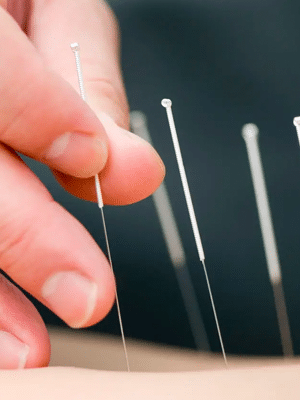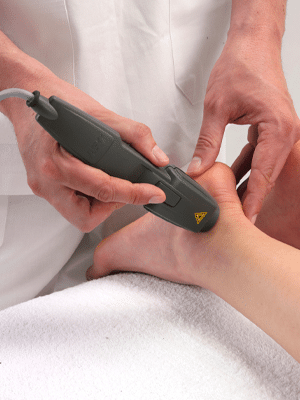The neck is an integral part of the human body, supporting the head and facilitating a broad range of movements. Given its critical role and complexity, the neck is susceptible to pain and injury, often stemming from various causes, including posture, overuse, or trauma. The cervical spine, consisting of seven vertebrae, muscles, and ligaments, enables the neck’s flexibility and strength, making it vital to maintain its health.
Neck & Head Pain
Neck pain conditions we can treat
Muscle Strains are common in the neck due to poor posture or overuse, leading to pain and stiffness. These strains can happen from spending too long in one position, for example, hunched over a computer, or from sudden movements that overstretch the neck muscles.
Cervical Spondylosis, also known as neck arthritis, involves the degeneration of the discs and vertebrae in the neck. This condition is a natural part of aging and can result in stiffness and pain in the neck.
Whiplash is an injury resulting from a rapid back-and-forth movement of the neck, similar to the motion of cracking a whip. This type of injury is commonly seen in car accidents and can cause acute neck pain, stiffness, and reduced range of motion.
Herniated Discs in the neck occur when the soft inner gel of the disc bulges out through a tear in the outer layer, pressing on nearby nerves. This can cause neck pain, numbness, and weakness in the arms or hands.
Cervical Radiculopathy happens when a nerve in the neck is compressed or irritated as it exits the spinal column. This condition can cause pain that radiates down the arm, along with numbness or weakness in the affected limb.
Degenerative Disc Disease, while part of the aging process, can cause the discs in the neck to deteriorate, leading to pain, weakness, and numbness.
Tension Headaches, often related to neck issues, are characterised by a dull, aching head pain and tightness or pressure across the forehead or on the sides and back of the head. Often, this is accompanied by tightness in the neck muscles.
Neck pain assessment
To diagnose and treat neck pain effectively, one of our specialists will begin with a comprehensive medical history of the patient to understand the onset, nature, and duration of the neck pain. This is followed by a physical examination, which includes palpation to identify areas of tenderness, range of motion tests to evaluate the neck’s mobility, and strength tests to assess muscle function in the neck and upper body.
Once we identify the issue, we will look at performing one or more of the various treatment options we have at the Foot, Ankle & Body Experts Health Clinic.






